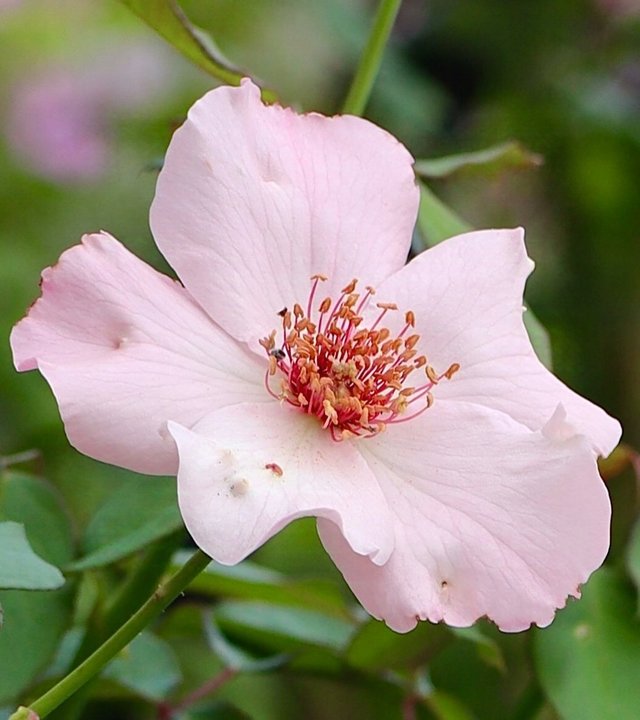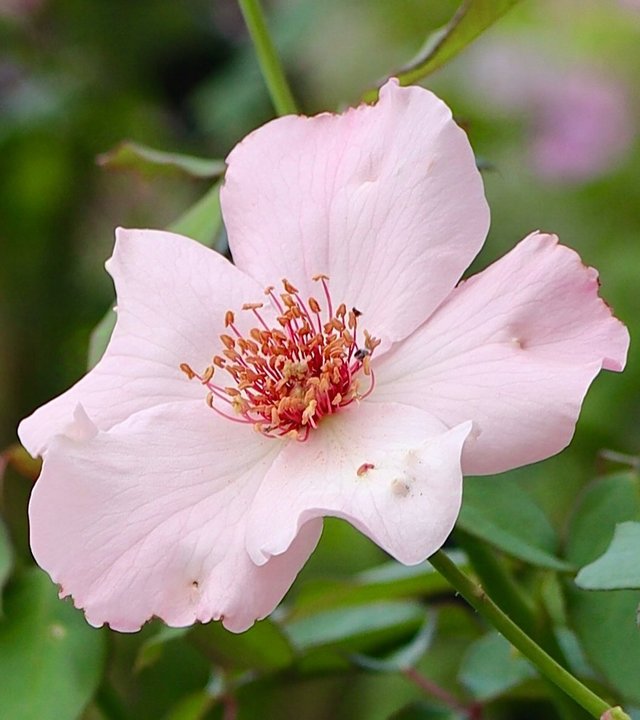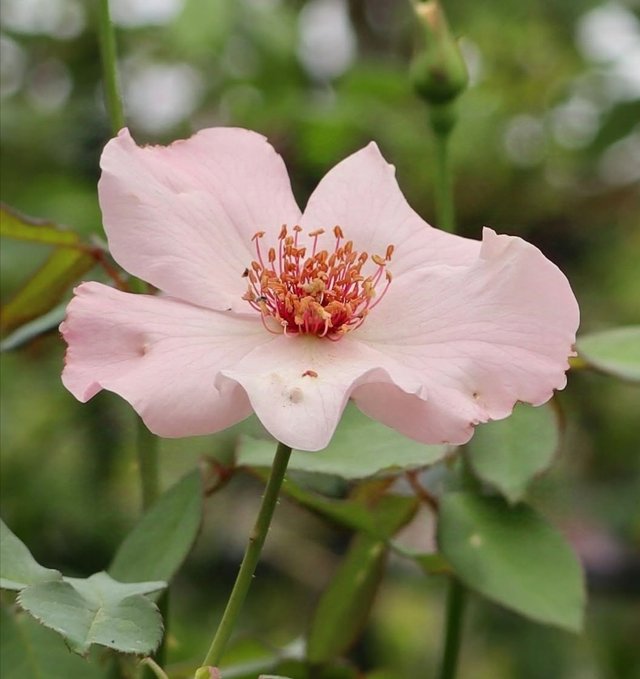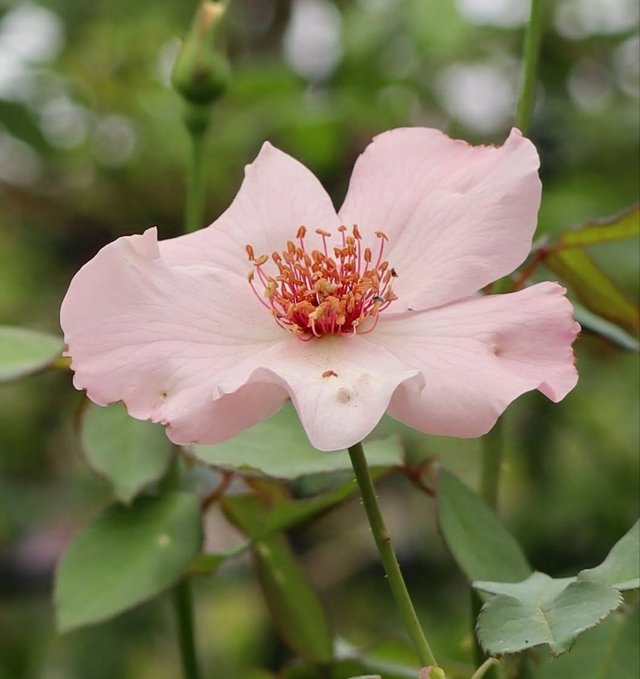Rosa persica: A Unique and Beautiful Wild Rose
Rosa persica, commonly known as the Persian rose or Hulthemia persica, is a fascinating species that has captured the attention of horticulturists and rose enthusiasts worldwide. Native to Central Asia, this wild rose stands out for its unique characteristics and historical significance in plant breeding.
Taxonomy and History
Rosa persica belongs to the genus Rosa, but for many years, it was placed in a separate genus, Hulthemia, due to its distinct features. Recent genetic studies, however, confirm its place within the broader Rosa family. Its native range includes countries like Iran, Afghanistan, Uzbekistan, and Turkmenistan, where it thrives in arid and semi-arid regions. First described in the 19th century, this species has intrigued botanists with its adaptability and distinctive traits.
Distinctive Features
What makes Rosa persica unique among roses is its appearance. Unlike most rose species, it lacks true leaf stipules, giving it a simplified structure. The plant typically grows as a low, spreading shrub, often reaching heights of 20–60 cm, making it suitable for ground cover.
The flowers of Rosa persica are its most striking feature. They are single-petaled, with bright yellow blooms and a contrasting dark red or maroon blotch at the base of each petal. This "eye" gives the flower a dramatic, exotic appearance. The blooms are small but vibrant, appearing in late spring to early summer. The combination of its bold colors and simplicity makes it a favorite for breeding programs aiming to introduce novel characteristics into modern roses.
Habitat and Growth Requirements
Rosa persica thrives in harsh environments, a testament to its hardiness. It grows in well-drained, sandy, or rocky soils and can tolerate extreme temperatures, both hot and cold. Its drought resistance makes it an ideal candidate for xeriscaping and other water-conserving landscaping practices.
This wild rose is particularly suited to sunny locations, where it receives ample light to produce its bright, cheerful blooms. It is not a demanding plant but requires protection from excessive moisture, as it can be susceptible to root rot in poorly drained soils.
Role in Rose Breeding
Rosa persica has played a pivotal role in the development of new rose hybrids. Breeders have long sought to incorporate its distinctive eye blotch and hardiness into cultivated roses. Hybrid roses with Rosa persica in their lineage are collectively known as "Persica hybrids."
One of the challenges in using Rosa persica for breeding is its genetic incompatibility with many traditional rose species. However, advances in hybridization techniques have made it possible to introduce its unique traits into modern rose varieties. Today, Persica hybrids are celebrated for their vibrant colors, striking petal patterns, and enhanced resilience.




